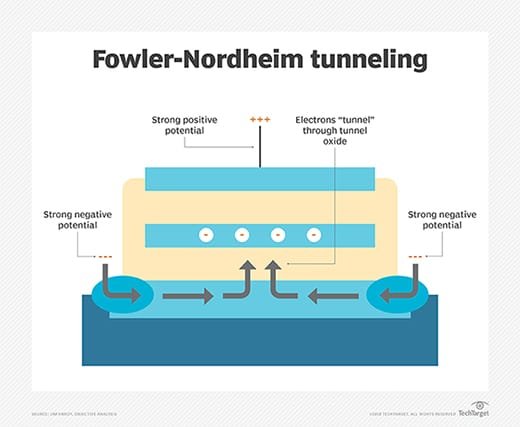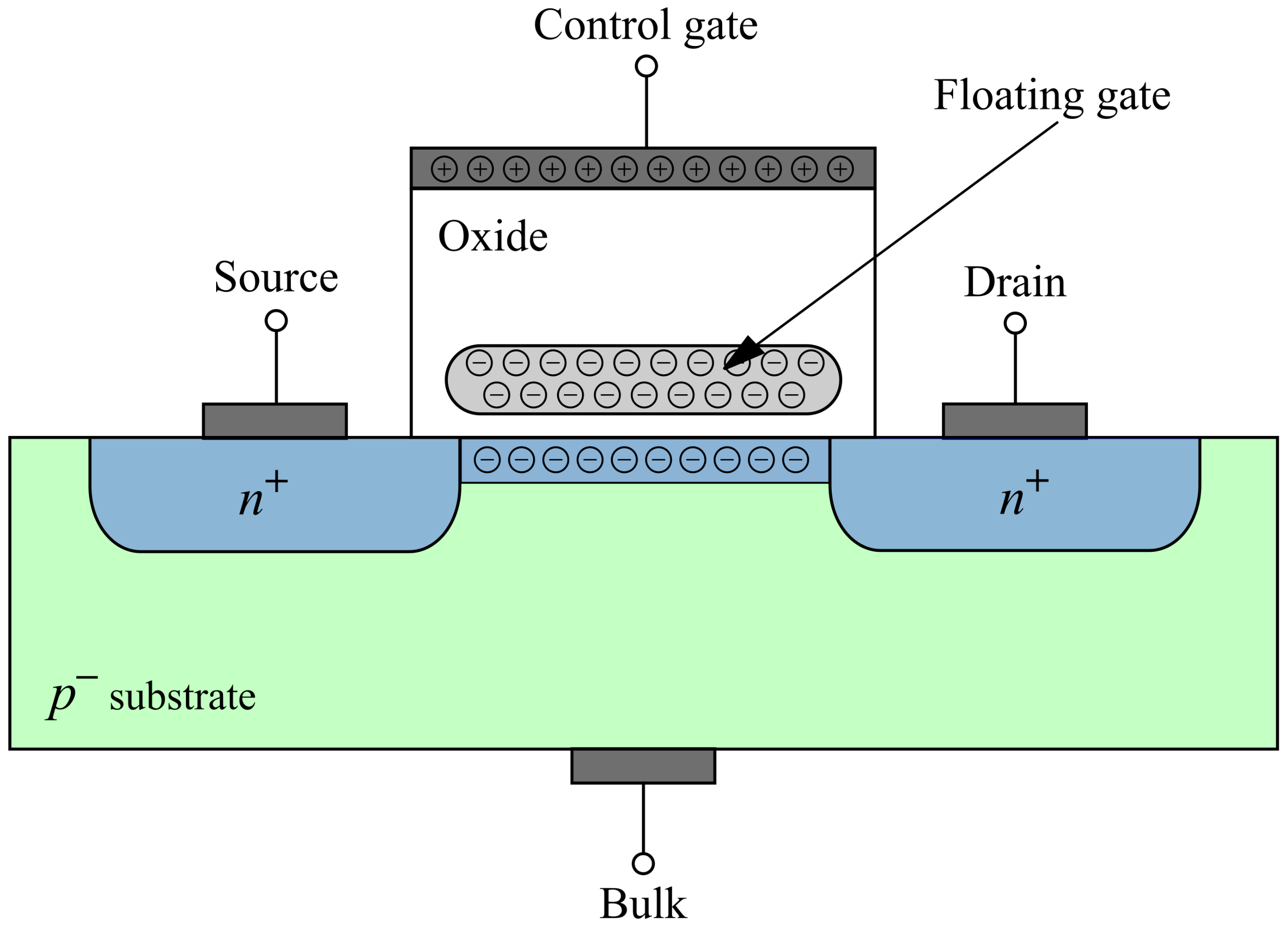Alright, let’s talk about this floating gate MOSFET thing, or whatever they call it. Sounds fancy, but it ain’t that hard to understand, I reckon.

Now, you see, it’s one of them MOSFETs, those little gizmos they use in all sorts of gadgets these days. But this one’s special, see? It’s got this “floating gate,” like a gate that ain’t attached to nothin’, just floatin’ around in there.
- What’s a MOSFET, you ask? Well, it’s like a switch, but it’s controlled by electricity, not by your finger. You put a little juice in, and it turns on or off, lets the current flow or not.
- And what’s this “gate” thing? It’s the part that controls the switch, like a door handle. You gotta wiggle the handle (put electricity in) to open the door (let the current flow).
So, this floating gate, it’s stuck in the middle of some insulator stuff, like it’s wrapped up in a blanket, you know? This blanket keeps the electrons in, or lets ‘em out, dependin’ on how you poke it with electricity. This makes it real good for memory, see, ‘cause it can remember stuff even when you turn the power off.
They use this stuff in those flash drives and memory cards, you know, the little things you stick in your computer or camera to save your pictures and such. Why? Because that floating gate can trap electrons, kinda like catchin’ flies in a jar. And them electrons stay there, even when you ain’t got no power, so your pictures don’t disappear when you turn off your camera.
It’s all about storing charge, see? You put a bunch of electrons on that floating gate, and it stays there. That’s your “one” in computer talk. You take ‘em away, and that’s your “zero.” That’s how it remembers stuff. Simple, right?
Think of it like this, you got a bucket, right? That’s your floating gate. You pour water in it (that’s your electrons), and the water stays there ‘cause the bucket’s got no holes (that’s the insulator). And the amount of water in the bucket tells you if it’s a “one” or a “zero.”

Now, how do you get the water in and out? Well, that’s where the other parts of the MOSFET come in. They got names like “source” and “drain” and “control gate” but don’t you worry your pretty little head about that. Just know that they’re there to help you push the electrons around.
The control gate is like a lid on top of your bucket. You put a voltage on this control gate, and it kinda squeezes the blanket around the floating gate, makin’ it easier for electrons to jump in or out. It’s like openin’ and closin’ a little door to your bucket.
So, if you wanna write some data, you put a big voltage on the control gate, and bam! Electrons jump onto the floating gate. If you wanna erase it, you put the opposite voltage, and whoosh! Electrons fly out. And if you wanna read it, you just check how much charge is on the floating gate, that’s how much water is in the bucket, easy peasy.
This floating gate MOSFET thing ain’t just for memory, though. They use it in other stuff too, like analog circuits and sensors. But mostly, it’s for them memory things, you know, them flash drives and all that.
They come in different types too, like N-channel and P-channel. That’s just about which way the electrons flow, ain’t nothin’ to get your knickers in a twist about. It just depends on what kinda job you want the thing to do.

And why is it good? Well, like I said, it remembers stuff even when you turn off the power. That’s what they call “non-volatile” memory. And it’s pretty small, too, so you can pack a whole lot of memory into a tiny little chip. And it don’t use much power, which is good for your batteries.
So, there you have it. A floating gate MOSFET, explained simple as I can. It’s just a fancy switch with a bucket to catch electrons, and that bucket remembers stuff even when you ain’t lookin’. Now, go on and tell your friends you learned somethin’ new today.

